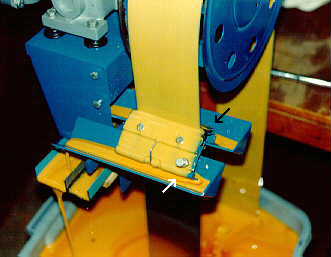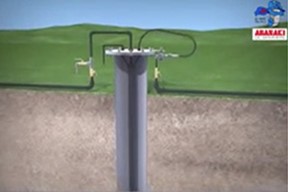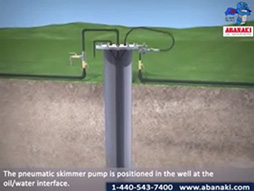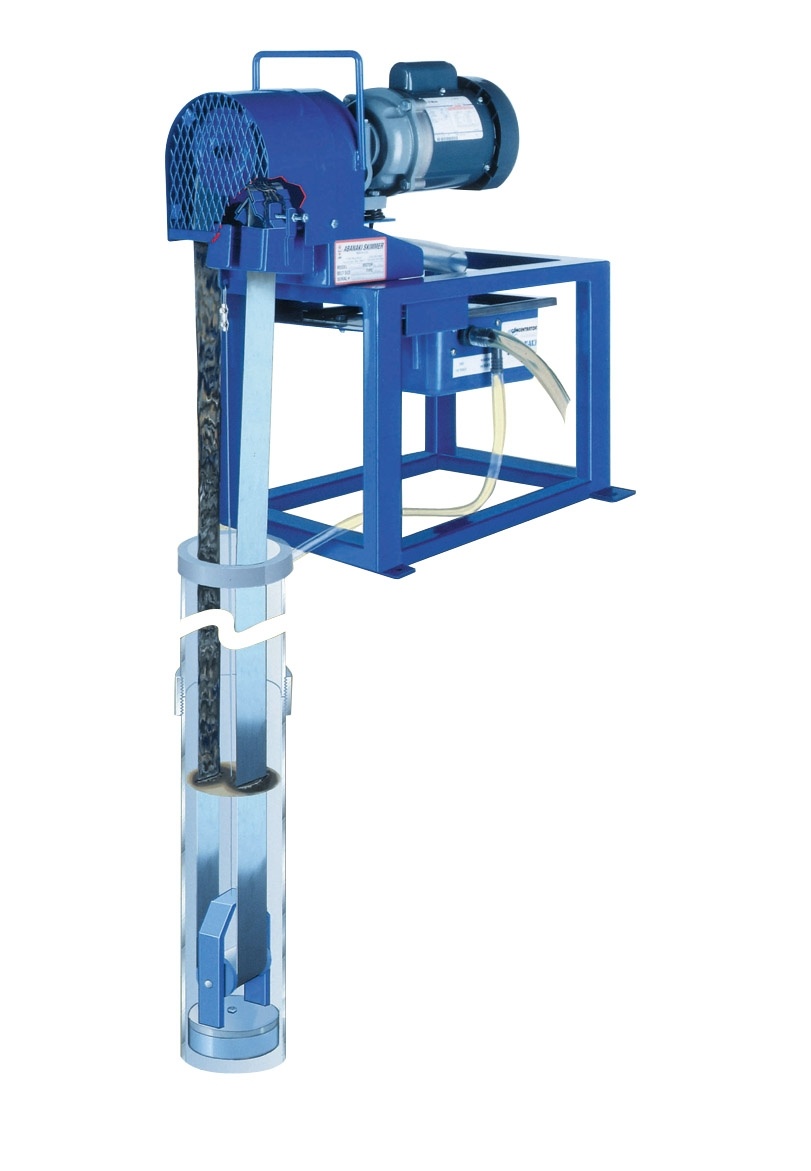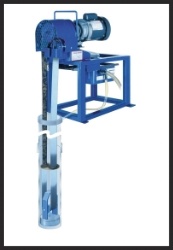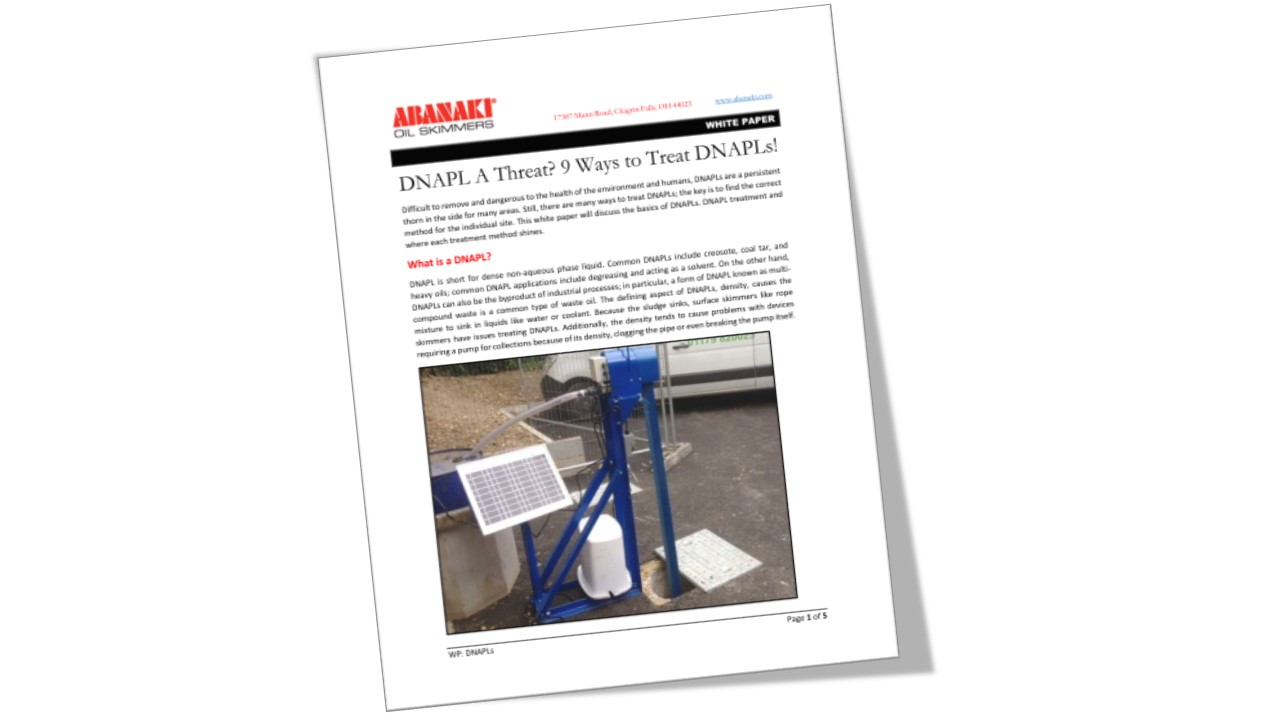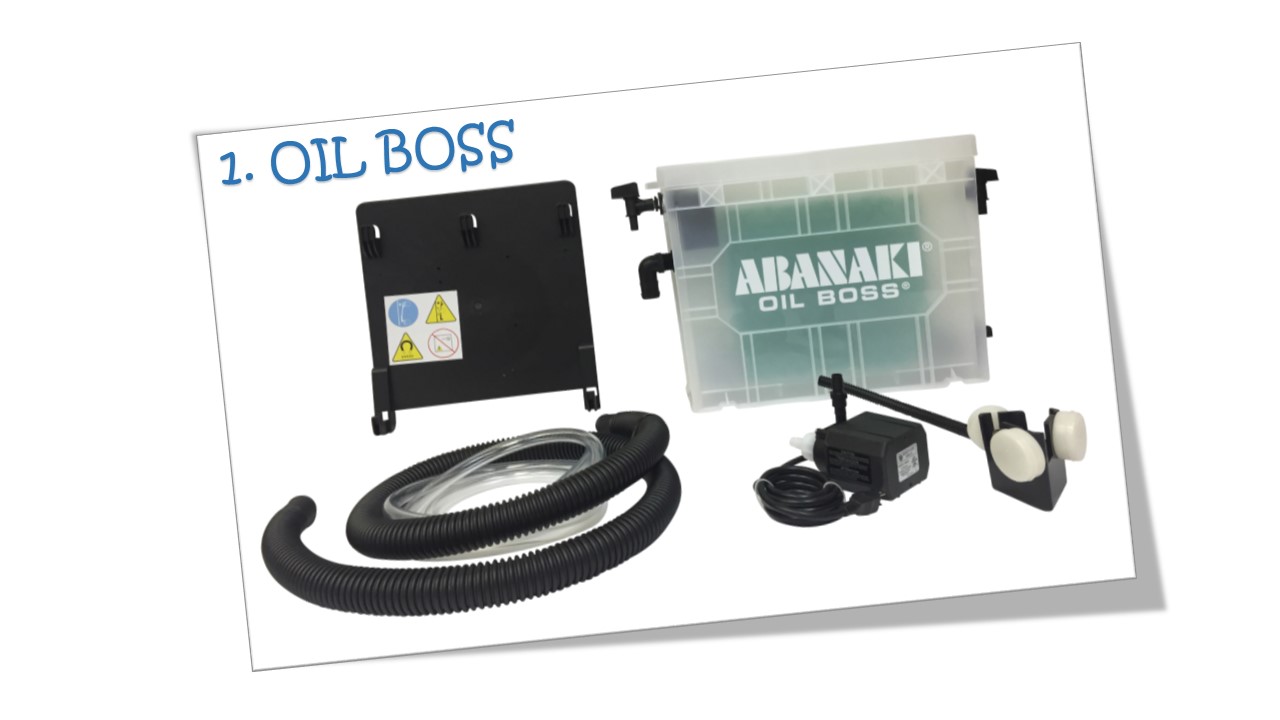Groundwater is an essential resource for drinking water, irrigation, and industrial processes. However, it can become contaminated due to spills, leaks, and other pollutants, particularly oil and petroleum products. Effective remediation of oil-contaminated groundwater is crucial for protecting public health and the environment. One effective method for removing oil from contaminated water is the use of belt oil skimmers. This blog post will explore how belt oil skimmers work, their benefits, and their role in groundwater remediation.
Understanding Groundwater Contamination
Groundwater contamination is a pressing issue that can arise from various sources, including:
- Industrial Spills: Factories and industrial sites can experience accidental spills, leading to oil and chemicals leaking into the groundwater.
- Transportation Accidents: Oil spills from tankers, pipelines, or trucks can significantly impact nearby water sources.
- Agricultural Runoff: Fertilizers and pesticides used in agriculture can leach into groundwater, affecting its quality.
- Landfills: Improperly managed landfills can release leachate, a toxic liquid that can contaminate groundwater with oil and other pollutants.
Given the potential sources of contamination, addressing oil spills and leaks is essential for maintaining groundwater quality.
What is Groundwater Remediation?
Groundwater remediation is the process of cleaning up and restoring contaminated groundwater to ensure it is safe for use. Contaminants can include a variety of harmful substances, including oil, heavy metals, and chemicals. When oil spills occur, it can create a thick layer of contamination that poses significant risks to water quality and the surrounding ecosystem.
Remediation techniques vary based on the type and extent of contamination. Common methods include pump and treat systems, bioremediation, and natural attenuation. However, when oil is present in large quantities, specialized equipment like belt oil skimmers is often employed to effectively remove the contaminant.
What are Belt Oil Skimmers?
Belt oil skimmers are specialized devices designed to remove oil from the surface of water. They consist of a continuous belt that floats on the water, using various mechanisms to attract and collect oil. As the belt moves through the water, it picks up oil and transfers it to a collection point, where it can be stored or disposed of properly.
Belt oil skimmers work based on the principle that oil is less dense than water and will float on the surface. The design of these skimmers allows them to capitalize on this difference, making them an efficient tool for oil removal.
How Belt Oil Skimmers Work in Groundwater Remediation
Belt oil skimmers are particularly effective in groundwater remediation for several reasons:
- Surface Collection: These skimmers are designed to float on the surface of the water, making them ideal for collecting free-phase oil, which is oil that has not yet mixed with water. This is crucial because free-phase oil can create a barrier, preventing oxygen from reaching the underlying groundwater and impacting the remediation process.
- Continuous Operation: The belt continuously moves, allowing for ongoing collection of oil without the need for constant monitoring or manual intervention. This automated process increases efficiency and reduces labor costs.
- Efficient Removal: Belt oil skimmers can remove large quantities of oil in a relatively short time, significantly reducing the contaminant load in the water. This rapid removal helps to mitigate the immediate risks associated with oil contamination.
- Adaptable Installation: They can be installed in various environments, including industrial sites, landfills, and natural water bodies, making them versatile for different remediation projects. Whether in a confined space or a larger area, belt oil skimmers can be adapted to fit the needs of the specific site.
The Process of Using Belt Oil Skimmers
The deployment of belt oil skimmers typically involves the following steps:
- Site Assessment: Before installation, a thorough assessment of the contaminated site is conducted to determine the extent of oil contamination and the specific conditions present.
- Installation: Belt oil skimmers are installed at strategic locations where oil accumulation is expected. This may involve placing the skimmer in ponds, sumps, or along the edges of water bodies.
- Operation: Once installed, the skimmers operate continuously, collecting oil from the surface of the water. The collected oil is transported to a storage tank for safe disposal or recycling.
- Monitoring and Maintenance: Regular monitoring is conducted to ensure the skimmer operates efficiently and effectively. Maintenance is also performed to clean the belt and check for wear and tear, ensuring optimal performance throughout the remediation process.
Benefits of Using Belt Oil Skimmers
- High Efficiency: Belt oil skimmers can quickly remove significant amounts of oil from the surface of contaminated groundwater, speeding up the overall remediation process. This efficiency is critical, especially in emergency situations where time is of the essence.
- Cost-Effective Solution: By efficiently removing oil, these skimmers can reduce the amount of contaminated water that requires extensive treatment, thereby lowering overall remediation costs. This is particularly beneficial for large-scale operations where budget constraints are a concern.
- Environmental Protection: Rapid removal of oil prevents further contamination of groundwater and protects aquatic ecosystems from harmful effects. By minimizing the exposure of wildlife to oil, belt skimmers help preserve biodiversity and maintain healthy ecosystems.
- Minimal Disruption: Belt oil skimmers can operate with minimal disturbance to the surrounding environment, making them suitable for sensitive sites. This is especially important in areas where wildlife or local communities are affected by contamination.
- Versatility: These skimmers can be used in various settings, including industrial sites, municipal wastewater treatment facilities, and natural bodies of water. Their adaptability allows for tailored solutions to meet the unique challenges of different environments.
Belt oil skimmer solutions are an effective and efficient method for addressing oil contamination in groundwater. By removing oil from the surface, these devices play a crucial role in groundwater remediation efforts, helping to ensure clean and safe water for communities and ecosystems alike. As industries increasingly focus on sustainable practices and environmental responsibility, belt oil skimmers will continue to be an essential tool in the fight against groundwater contamination, contributing to a healthier planet for future generations.
By understanding and utilizing the benefits of belt oil skimmer technology, we can improve groundwater remediation efforts and work towards a more sustainable future, ensuring the protection of our invaluable water resources.
To learn more about oil skimmers, please contact our experts at 440-543-7400 or visit our website: www.abanaki.com
You are just one step away from downloading Abanaki's most detailed resource on our oil skimming equipment. Simply click at the button to get your ultimate guide now.




